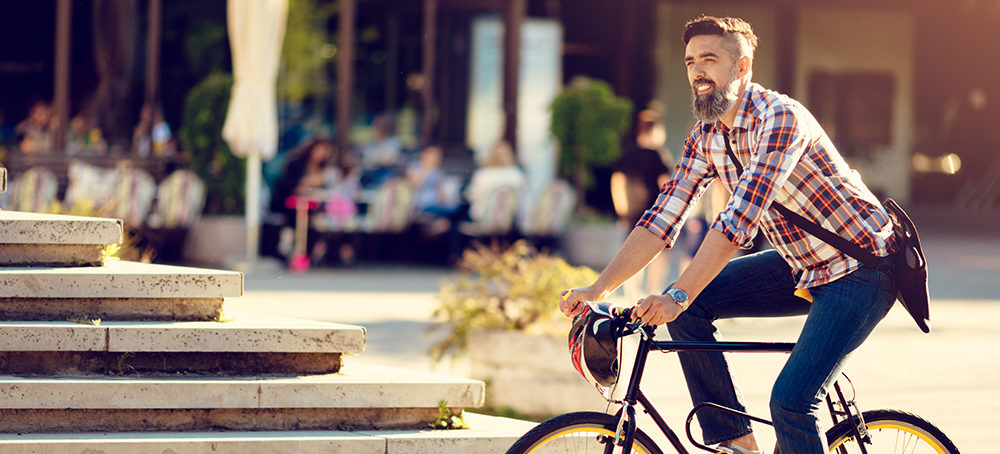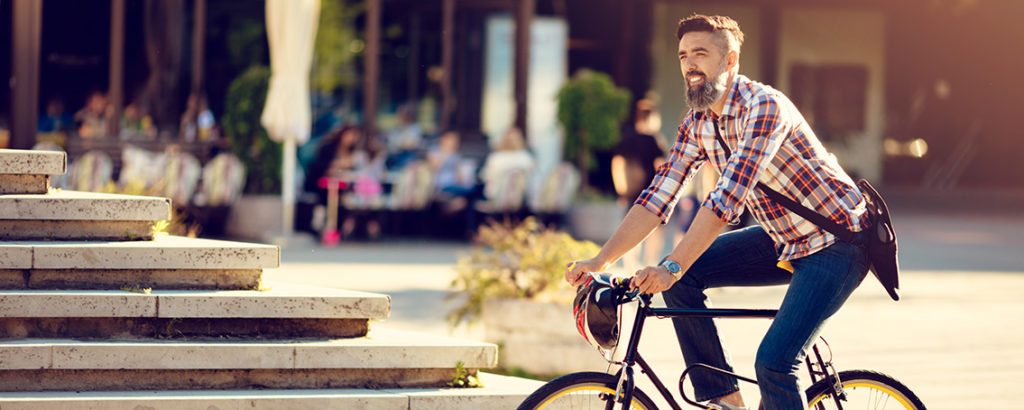What comes to mind when you hear the words “smart city”? Most of us will say technology, because all the smart devices we know, are technological things. But living in a smart city means more than that, as you’ll see when looking more closely at some of the elements that characterise it.
We know that technology is increasingly integrated into urban and town planning, and is key to the subsequent running of these areas. But are we in for a sci-fi future or something more mundane? What will it be like to live in a smart city? You might be surprised to learn how smart some places already are, including one area of Joburg.
Safety and security
Smart cities offer high levels of safety and security with state-of-the art – often futuristic – security systems that provide multiple layers of protection to keep people and property secure. Peace of mind results from knowing that you, your loved ones and your property, are secure. It improves quality of life by providing freedom to do the things you enjoy.
You can see this in practice at a place like Melrose Arch, the Amdec Group’s popular mixed-use development and a quintessential smart city. A central control centre consolidates data from sources such as CCTV cameras and facial and number-plate recognition software. There are 24/7 mobile and foot patrols, panic buttons in parking lots, rapid response and paramedics on call around the clock.
Melrose Arch goes to great lengths to make sure security is discreet so that no-one feels under constant surveillance.
Connectivity
Whether it’s stable wi-fi or fast fibre, data and connectivity are never in short supply in a smart city.
The benefits to daily life include knowing that smart devices in your home can run unencumbered and having the option of working from anywhere within the city limits – not only from an office or from home.
Convenience
People are at the core of the scale and design of a smart city. Its inhabitants must be able to take care of all their daily needs within a radius small enough that there is seldom the need to drive, nor having to stop off at multiple locations to get everything done. This saves significant amounts of time and money, not to mention aggravation!
Balance
The inclusion of gardens, trees, greenery, water features and other natural elements brings balance between the built environment and nature. It invites people to spend time outside and creates opportunities for them to get to know each other, encouraging a sense of community and connectedness.
Sustainability
Technologically enabled water management systems and smart energy grids mean more efficient services and operations. This uses less energy and water, cuts down traffic, congestion and carbon emissions, and improves waste management.
Light
Natural light is harnessed to save costs and energy, but also to create a healthier living environment.
Mobility and walkability
Designed on a human scale, not the vast dimensions of a large metropolis, smart cities often have large pedestrianised areas that enable healthier and less sedentary lifestyles, and encourage the formation of thriving communities.


